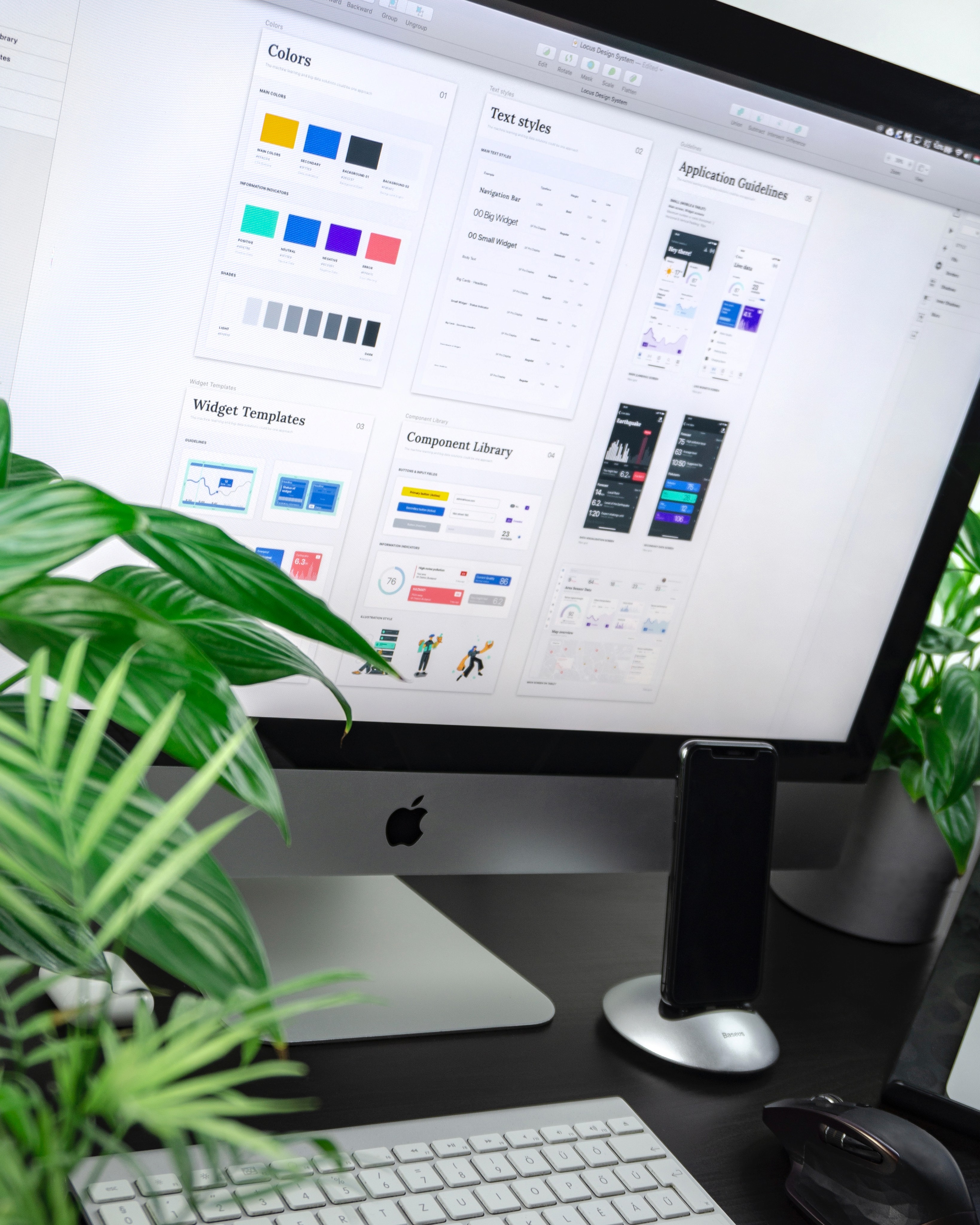Craft & Quality
March 16, 2023
Designing for Success: The Importance of Understanding Design Systems and Principles
Discover the importance of understanding design systems and principles in product design. Learn how to create effective and efficient designs that align with the project is objectives and contribute to the success of the team.
As a product designer, your goal is to create designs that are not only aesthetically pleasing, but also effective and efficient in achieving their intended purpose. To achieve this, it is crucial to understand the design system in place and the principles that guide it.
Understanding the Goals and Objectives of the Project
Before diving into designing, it's important to take the time to understand the goals and objectives of the project. This will help you to identify the specific challenges and opportunities that need to be addressed, and to design solutions that are effective and intuitive. By having a deep understanding of the project's objectives, you can ensure that your design aligns with the overall strategy and goals.
Lean on Existing Patterns
A design system is a collection of reusable components, guidelines, and principles that are used to ensure consistency and efficiency in design. By leaning on existing patterns, you can avoid reinventing the wheel and utilise design elements that have been tried and tested. This helps to ensure that your design is effective and efficient, while also maintaining consistency within the larger design system.
Adhering to Design Principles
Design principles are fundamental guidelines that help ensure that your design is consistent, clear, and easy to understand. By adhering to these principles, you can create designs that are not only aesthetically pleasing but also user-friendly. It's important to be open to feedback and guidance from more seasoned members of the team, as they can provide insights and knowledge about how to apply these principles to your work.
Gaining Experience and Expertise
As you gain more experience and expertise, you will become more confident in your ability to design effective and efficient solutions that align with the overall design system and hierarchy. By learning from your peers and mentors, and applying your knowledge and skills to your work, you can create high-quality designs that are easy to use and contribute to the success of the project and team.
Contributing to the Success of the Project
By taking the time to understand our design system and lean on existing patterns, and by understanding and adhering to design principles, you can contribute to the success of the project and the team, and help to deliver value and impact to the business. By gaining experience and expertise, and by applying your knowledge and skills to your work, you can become a valuable and respected member of the design team.
More Resources
If you're interested in becoming a subject matter expert as a product designer, check out this article on becoming a subject matter expert. To learn about building consensus in product decision-making, take a look at this article on building consensus. And for tips on navigating complex product challenges, read this article on navigating complex challenges.
Other Posts



